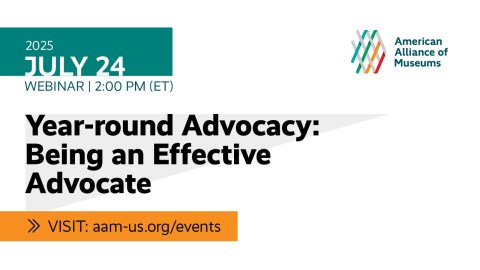This is the second installment of Phil Katz’s report from the recent joint meeting of the Organization of American Historians (OAH) and National Council on Public History (NCPH). You can catch up on part one here.
While I was at the meeting, I participated in a lively roundtable discussion about digitization and visualization of history for public audiences. During the previous few months, I was part of a small working group on the topic convened by NCPH, which includes a really fantastic group blog called “Visualizing the Past.” My posts to the group blog were a bit feeble (just some links to other material I saw around the Web), but most of the rest are full of detailed descriptions of innovative projects, links to new tools and fundamental questions about: a) how to make digital materials more accessible and b) how to use powerful (yet still limited) digital tools for historical interpretation.
The roundtable was a review of the diverse topics already introduced via that blog—but then ranged even more widely to include:
- The “seductive nature of visualizations” (which seem transparent but actually include a tremendous amount of interpretation).
- The need for well-defined constraints to make crowdsourcing projects successful.
- The notion of “serendipitous discovery” (a phrase offered by Mark Tebeau). In other words, we can’t control how people use online exhibits, archives and other tools, so we might as well design them to reward certain types of unstructured exploration.
- The lack of research devoted to how people use and understand online interpretive projects. Instead, some of this research is carried on in isolation by museum audience researchers, experts in user interface design and education researchers interested in information-seeking behaviors.
- The variety of models and metaphors that could be used to guide digital history projects, ranging from timelines to gaming and geocaching.
- The challenge of creating “linked open data” (i.e., can you get distributed users to add more information to online digital repositories and get museums and archives to open their records to outside users).
- The challenge of competing standards for creating and sharing metadata, which stops many museums from sharing their registration and curatorial data even if they wanted to!
- The relationship between “mash-ups” and the traditional work of historians and curators, who have always pieced together disparate sources in new ways.
- The need to track how people actually use online history resources—and how often they use them—so researchers and museums can justify the expense of creating them.
- The future of digital interfaces as tools for “meaning-making.”
Whew! It was a great discussion, and I hope one of the other participants will write up a more detailed summary, in which case I’ll share a link. Any one of these topics would be worth an entire session at the next AAM annual meeting.
P.S. I also attended several sessions about key issues related to museums. One was devoted to Closing Up Shop: Strategies for Partners and Communities When Historic Sites Close, featuring Bob Beatty (VP of programs at AASLH), Barbara Franco (director of the new Seminary Ridge Museum in Gettysburg, Pa.), Bruce Beesley (from the Indiana State Museum and Historic Sites, who talked about “purposeful deaccessioning” of historic sites: they turned over a few facilities to local friends’ groups) and Sheila Kirschbaum (from the Tsongas Industrial History Center in Lowell, Mass., who talked about creative use of partnerships—for example, with her local university—to prevent closures).
They all agreed that consolidation and contraction are realities that historic sites need to face; also that museums need to keep building new and stronger connections to their communities. Beatty was especially brave in calling on everyone to discourage the creation of historic house museums and reminding us that “closing isn’t always a bad thing” if buildings can be repurposed, collections deaccessioned appropriately and community needs met through other means.
Please use the comments section to share your thoughts about any of these issues.









Regarding your P.S., Phil, I agree that consolidation is a reality we all need to face. Marieke Van Damme and I co-chaired a session at last month's AAM conference on the possibility of museums and historic sites merging on a widespread scale, across the country, through a concerted and proactive effort. Museums in Denmark and Norway have been going through this process and present an intriguing model; in our session the head of the museums department at the Danish National Heritage Agency reported on what it's been like in his country, with 170 museums consolidating to 111 (and counting). Could we do something similar in the U.S.? Check out the details from our session at http://raineytisdale.wordpress.com/museum-mergers.